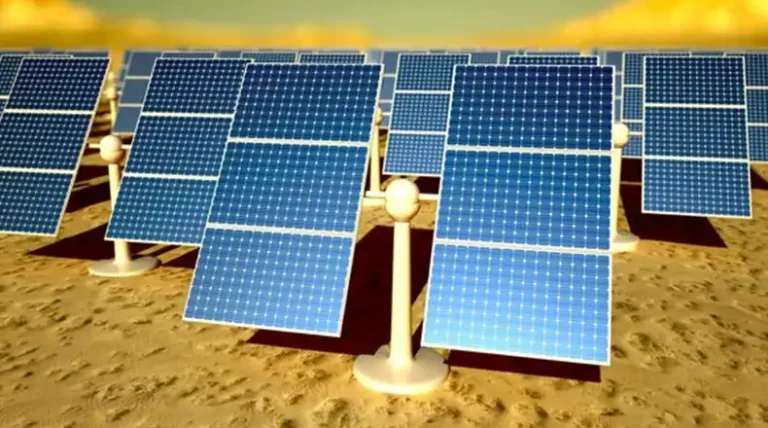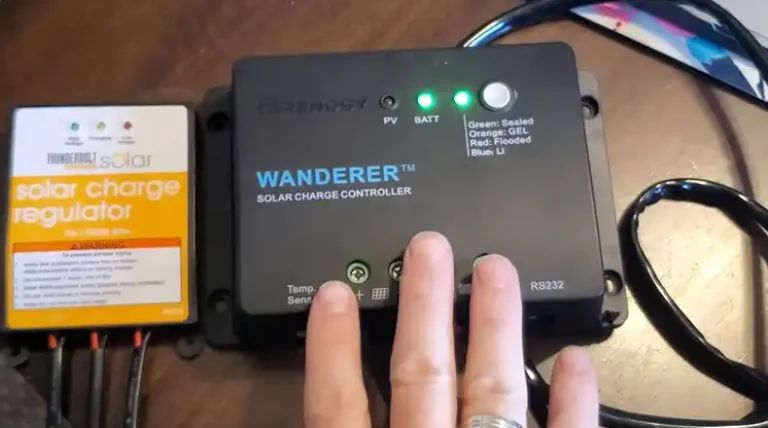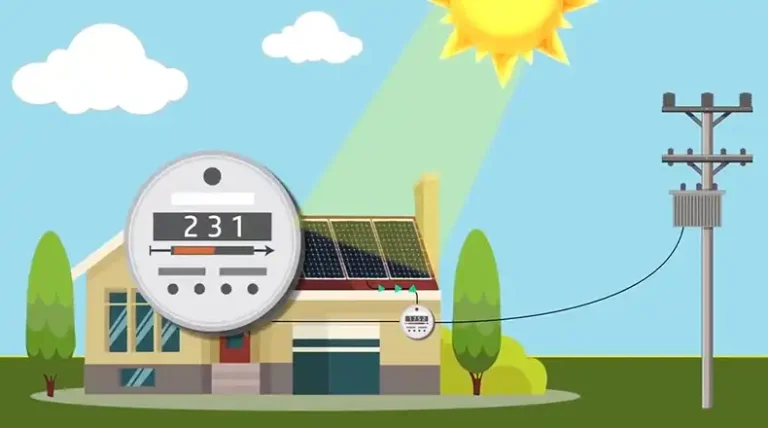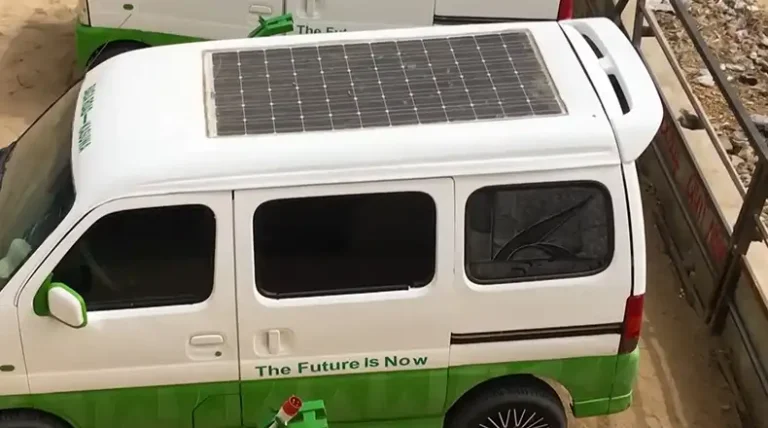How To Secure Government Grants For Solar Energy Projects?
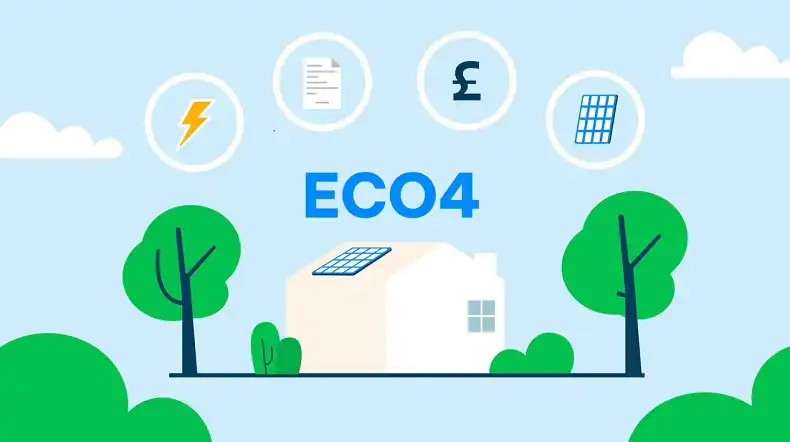
Securing government grants for solar energy projects can be a game-changer for individuals, businesses, and communities looking to harness the power of the sun.
With the increasing focus on renewable energy and climate change mitigation, various federal programs now offer financial assistance to make solar more accessible.
The key to success lies in understanding the available options and navigating the application process effectively.
This guide will walk you through the essential steps to secure government grants for your solar energy project, focusing on two major programs: the Solar for All initiative and the Rural Energy for America Program (REAP).
By following these insights, you’ll be better equipped to tap into the funding that can turn your solar dreams into reality.
Understanding Government Solar Grant Programs
The U.S. government offers several programs to support the adoption of solar energy across the country. Two significant initiatives stand out for those seeking financial assistance for solar projects: the Solar for All program and the Rural Energy for America Program (REAP).
Let’s dive into these programs to understand how they can help you fund your solar energy endeavors.
1. Solar for All Program
The Solar for All program is a $7 billion initiative designed to expand access to clean, affordable solar energy for low-income and disadvantaged communities.
This program aims to create or expand existing low-income solar programs, enabling over 900,000 households to benefit from distributed solar energy.
Key features of the Solar for All program:
- Focuses on reducing greenhouse gas emissions and air pollution
- Delivers cost savings on electric bills for overburdened households
- Unlocks new markets for distributed solar in 25 states and territories
- Includes 49 state-level awards, six awards to Tribes, and five innovative multistate awards
The program’s goal is to overcome barriers to solar adoption in underserved communities by providing financial assistance, technical support, and workforce development opportunities.
2. Rural Energy for America Program (REAP)
The Rural Energy for America Program, administered by the U.S. Department of Agriculture, offers guaranteed loan financing and grant funding to agricultural producers and rural small businesses for renewable energy systems, including solar installations.
REAP highlights:
- Provides funding for the purchase and installation of renewable energy systems
- Supports energy efficiency improvements
- Offers loan guarantees and grants, or a combination of both
- Aims to increase American energy independence and lower energy costs for rural businesses and agricultural producers
Eligibility Requirements
Before diving into the application process, it’s essential to understand if you qualify for these solar grant programs.
Eligibility criteria can vary depending on the specific program, but generally, they consider factors such as the applicant’s status, project location, and the nature of the solar installation.
Who Can Apply
Solar for All Program:
- Low-income households
- Disadvantaged communities
- State and local governments
- Tribal organizations
- Nonprofit organizations
- Community-based organizations
Rural Energy for America Program (REAP):
- Agricultural producers: Entities directly engaged in agricultural production, with at least 50% of gross income coming from agricultural operations
- Rural small businesses: Must be located in eligible rural areas and meet specific criteria, including:
- Private for-profit entities
- Cooperatives
- Electric utilities serving rural consumers
- Tribal corporations or business entities
It’s important to note that for REAP, applicants must have no outstanding delinquent federal taxes, debt, judgment, or debarment.
Eligible Projects and Areas
Solar for All Program:
- Projects must benefit low-income and disadvantaged communities
- Can include residential rooftop solar, community solar projects, and other distributed solar installations
- May cover urban, suburban, and rural areas, depending on the specific state or regional program
Rural Energy for America Program (REAP):
- Projects must be located in rural areas with populations of 50,000 residents or less
- Agricultural producers may submit projects in non-rural areas if associated with an on-site production operation
- Eligible solar installations include:
- Small and large solar generation systems
- Solar thermal systems for heating or electricity generation
Both programs aim to expand solar access, but they target different geographical areas and communities. Ensure your project aligns with the specific program’s focus before proceeding with the application.
Types of Funding Available
Government solar grant programs offer various forms of financial assistance to support your solar energy project. Understanding the different types of funding available can help you choose the option that best fits your needs and project scope.
1. Grants
Grants are a popular form of funding as they don’t need to be repaid. Both the Solar for All program and REAP offer grant opportunities:
Solar for All Program:
- Grant amounts vary depending on the specific state or regional program
- Can cover up to 50% of the total project costs in some cases
- Focus on providing direct financial assistance to low-income households and disadvantaged communities
Rural Energy for America Program (REAP):
- Renewable Energy System Grants:
- Minimum: $2,500
- Maximum: $1 million
- Energy Efficiency Grants:
- Minimum: $1,500
- Maximum: $500,000
- Grant funding can cover up to 50% of total eligible project costs for projects that meet specific criteria
2. Loan Guarantees
REAP offers loan guarantees to help secure financing from commercial lenders:
- Loan guarantees on loans up to 75% of total eligible project costs
- Maximum loan guarantee amount varies (published annually in the Federal Register)
- REAP loans approved in Fiscal Year 2024 and 2025 will receive an 80% guarantee
- Loan terms can be up to 40 years, depending on the project and assets financed
3. Combined Funding Options
For those seeking a mix of grant and loan funding, REAP offers a combined option:
- Combined grant and loan guarantee funding up to 75% of total eligible project costs
- This option allows for greater flexibility in financing your solar project
When considering your funding options, it’s important to assess your project’s needs, your ability to secure additional financing, and your long-term financial goals.
Grants offer the advantage of not requiring repayment but may be more competitive. Loan guarantees can help you secure larger amounts of funding but will need to be repaid over time.
Additionally, keep in mind that some programs may require matching funds. For example, REAP grant-only applications require applicants to provide matching funds, while loan applications require at least 25% of the project cost to come from the applicant.
Application Process
Navigating the application process for government solar grants can seem daunting, but with the right preparation and understanding, you can significantly increase your chances of success. Let’s break down the key steps and requirements for applying to these programs.
Required Documents
While specific requirements may vary depending on the program and your project, here are some common documents you’ll likely need to prepare:
- Application Form: Each program will have its own application form that you’ll need to complete thoroughly.
- Project Proposal: A detailed description of your solar project, including:
- Technical specifications
- Energy production estimates
- Environmental benefits
- Timeline for implementation
- Financial Information:
- Project budget
- Cost estimates from vendors or contractors
- Financial statements (for businesses or organizations)
- Proof of matching funds (if required)
- Energy Audit or Assessment: For energy efficiency projects under REAP, an energy audit or assessment is required.
- Environmental Review: Both programs require an environmental review prior to award or construction.
- Proof of Eligibility: Documentation proving you meet the program’s eligibility criteria.
- Letters of Support: These can be from community organizations, local government, or other stakeholders (especially important for Solar for All applications).
- Business Plan: For REAP applications from businesses, a comprehensive business plan may be required.
Submission Deadlines
Timing is crucial when applying for government grants. Here’s what you need to know about submission deadlines:
Solar for All Program:
- Deadlines can vary by state or region, as the program is administered through multiple entities.
- Check with your state energy office or the Department of Energy for specific deadlines in your area.
Rural Energy for America Program (REAP):
- REAP accepts applications year-round at local USDA Rural Development offices.
- However, there are typically specific application windows for competitive funding cycles:
- For Fiscal Year 2024, key dates include June 30, 2024, and September 30, 2024.
- It’s advisable to submit well before these dates, as processing times may be longer due to high demand.
Tips for Submission:
- Start Early: Begin gathering documents and information well in advance of the deadline.
- Double-Check Requirements: Ensure you’ve included all necessary documents and information.
- Submit Electronically: Many programs prefer or require electronic submission through specific portals.
- Confirm Receipt: After submitting, confirm that your application was received and is complete.
Tips for a Successful Application
Creating a standout application for solar energy grants requires more than just meeting the basic requirements. Here are some key strategies to enhance your application and increase your chances of securing funding for your solar project.
Demonstrating Project Viability
- Provide Detailed Technical Information:
- Include comprehensive specifications of your proposed solar system
- Outline expected energy production and efficiency rates
- Explain how the system is tailored to your specific location and needs
- Show Financial Feasibility:
- Present a clear, realistic budget
- Demonstrate how the project will be financially sustainable beyond the grant period
- Include projections for energy savings and potential return on investment
- Highlight Technical Expertise:
- Showcase the qualifications of your project team or partners
- If you’re working with solar installers or consultants, include their credentials and track record
- Address Potential Challenges:
- Acknowledge any potential obstacles and explain how you plan to overcome them
- This shows foresight and thorough planning
Highlighting Community Benefits
- Emphasize Environmental Impact:
- Quantify the expected reduction in greenhouse gas emissions
- Explain how your project contributes to broader climate goals
- Showcase Economic Benefits:
- Describe job creation potential, especially for local or disadvantaged communities
- Explain how the project will reduce energy costs for participants
- Demonstrate Community Support:
- Include letters of support from local organizations, government officials, or community leaders
- Describe any community engagement or outreach efforts related to your project
- Align with Program Goals:
- Clearly show how your project meets the specific objectives of the grant program
- For Solar for All, emphasize benefits to low-income or disadvantaged communities
- For REAP, highlight rural development aspects and agricultural benefits if applicable
- Tell a Compelling Story:
- Narratives are powerful; explain why your project is important for your community
- Use clear, concise language to make your case
- Provide Strong Visual Elements:
- Include charts, graphs, or infographics to illustrate your project’s impact
- Use maps to show the project location and its relevance to the community
Additional Resources and Support
Navigating the world of government grants for solar energy projects can be complex, but you don’t have to go it alone. There are numerous resources and support systems available to help you through the process and increase your chances of success.
State Energy Offices:
- Many states have dedicated energy offices that can provide guidance on local solar initiatives and funding opportunities.
- These offices often offer technical assistance and can help you understand state-specific regulations and incentives.
USDA Rural Development State Offices:
- For REAP applications, your state’s USDA Rural Development office is an invaluable resource.
- They can provide detailed information about the program and help you understand if your project qualifies.
Department of Energy Resources:
- The DOE’s Office of Energy Efficiency and Renewable Energy offers a wealth of information on solar technologies and funding opportunities.
- Check out their database of state incentives for renewables and efficiency (DSIRE) for a comprehensive list of solar incentives.
Solar Energy Industry Associations:
- Organizations like the Solar Energy Industries Association (SEIA) provide industry insights and can connect you with solar professionals in your area.
Local Clean Energy Organizations:
- Many communities have non-profit organizations dedicated to promoting clean energy.
- These groups can offer advice, connect you with local resources, and sometimes provide assistance with grant applications.
Professional Grant Writers:
- If you’re feeling overwhelmed, consider hiring a professional grant writer with experience in energy projects.
- They can help craft a compelling application and ensure you meet all requirements.
Webinars and Workshops:
- Both the Solar for All program and REAP often offer informational webinars or workshops.
- These sessions can provide valuable insights into the application process and program priorities.
Online Application Portals:
- Familiarize yourself with the online application systems used by these programs, such as the EERE Exchange for DOE programs or the USDA’s online application portal.
Networking Events:
- Attend solar energy conferences or local sustainability events to connect with others in the field.
- These connections can provide valuable insights and potential partnerships.
Financial Advisors:
- Consider consulting with a financial advisor who specializes in renewable energy projects.
- They can help you understand the financial implications of different funding options and how they fit into your overall financial strategy.
Conclusion
Securing government grants for solar energy projects is a journey that requires careful planning, thorough research, and attention to detail.
By understanding the available programs like Solar for All and the Rural Energy for America Program, you’ve taken the first step towards making your solar project a reality.
Remember, the key to success lies in meeting eligibility requirements, choosing the right funding option, and submitting a compelling application that clearly demonstrates your project’s viability and community benefits.

